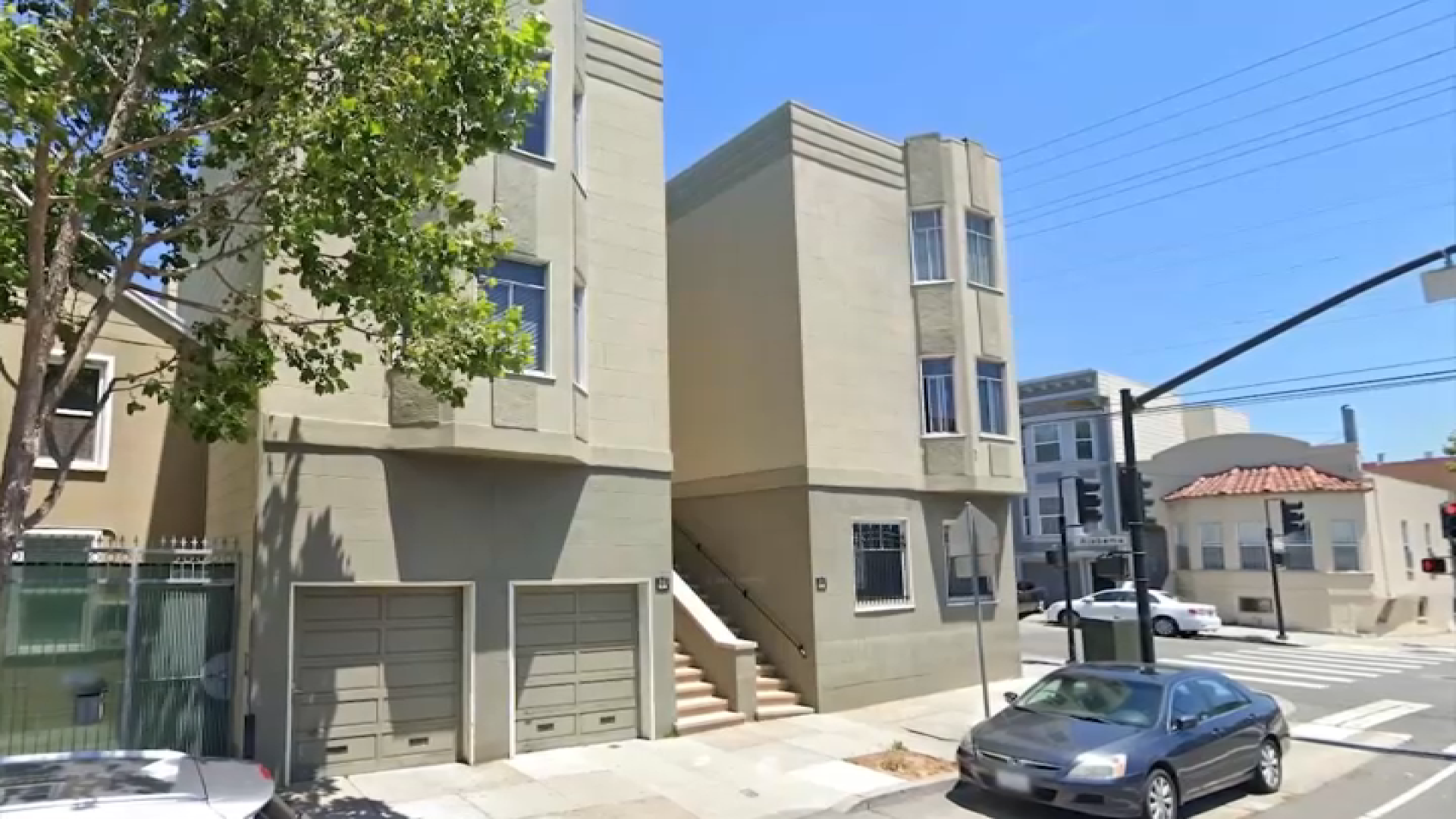David Parks’ neighborhood may look familiar: winding tree-lined streets, manicured lawns, and a two-car garage at the front of each house. Communities like this one in Santa Cruz County were built to meet the needs of the time: booming families seeking refuge from tightly-packed city centers.
“It's such a low density. And maybe that worked when the car generation came along, but it's not working anymore,” Parks said.
He has worked as a general contractor in the region for the past 40 years. He said neighborhoods like his simply don’t meet the needs of homeowners today.
“I think suburbia was a mistake,” he said.
Get a weekly recap of the latest San Francisco Bay Area housing news. Sign up for NBC Bay Area’s Housing Deconstructed newsletter.
When Parks saw that new state rules were giving homeowners the right to build up to two accessory dwelling units (ADUs) on existing single-family lots, he jumped at the chance. He tapped his strengths, and decades of experience, to design and build one right on top of his two car garage out front.
He estimated building a unit like his would cost most homeowners six figures. But changes to state and local laws means that other than cost, there aren’t many roadblocks now.
“There's no public hearing. There's no neighborhood input. It's mandated by the state of California,” Parks said.
Across the county, ADU construction is on an upward swing. Santa Cruz added ADUs at a faster rate than all nine Bay Area counties. San Mateo and Sonoma had the highest per capita rates among Bay counties.
The uptick is happening across the state. There was a 300% increase in ADU construction from 2019 to 2022.
Lee Butler is the director of planning and community development for the city of Santa Cruz. He said the city was among the first to adopt ADU guidelines in the early 2000s, giving it a head start on the Bay Area. And Santa Cruz continues to update rules as broader changes cascade down from the state.
“We've been putting in place local regulations that facilitate ADU production, trying to stay one step ahead of the state,” Butler said.
At the heart of those regulations: a 60-day maximum review period and pre-approved building plans. The fast-tracking does come with one notable restriction: no short-term rentals of fewer than 30 days.
“This is one of the solutions to the housing crisis. There are many that are needed. There is no silver bullet,” he said.
Butler said survey data suggests many of the new units are renting to family members for below-market value. These ADUs are affordable compared to market rate, but not necessarily cheap enough to be low-income units. Even so, he said Santa Cruz met strict state housing construction requirements last year across all income levels.
“Accessory dwelling units were an important component of us being able to achieve that,” Butler said.
Across town, Eric Lamascus of Elite Construction was at work on another ADU. Lamascus said he saw an ADU construction boom on the horizon about five years ago. Back then, building one meant navigating a complex web of regulations. But he chose to pivot his business anyway.
“The state laws and the local laws were pretty unfriendly toward the process. We went ahead and started our division at that time thinking, you know, it'll get better or we'll figure out how to make it work,” Lamascus said.
He estimated about 40% of his business now comes from ADUs — like the one his company is building for homeowner Margaret Benton. She’s the hands-on type, so she handled the back-and-forth with the city.
“They make it easy. They make themselves accessible. They get you answers really quickly,” Benton said.
A streamlined process providing more options for homeowners like Benton.
“I was interested in providing flexibility for living arrangements moving forward in my retirement so that I could stay in my own home as long as possible,” she said.



